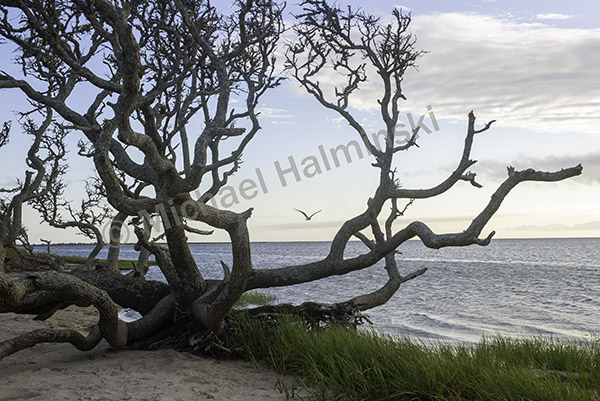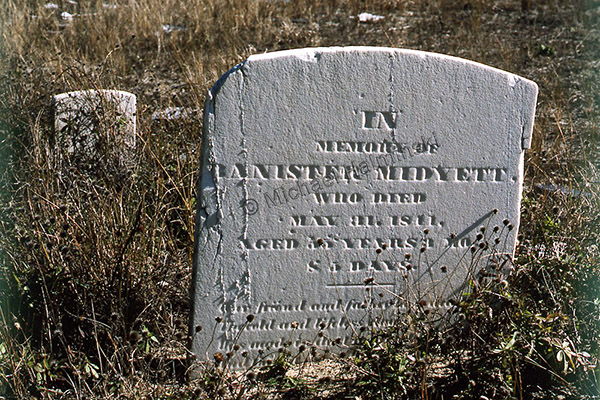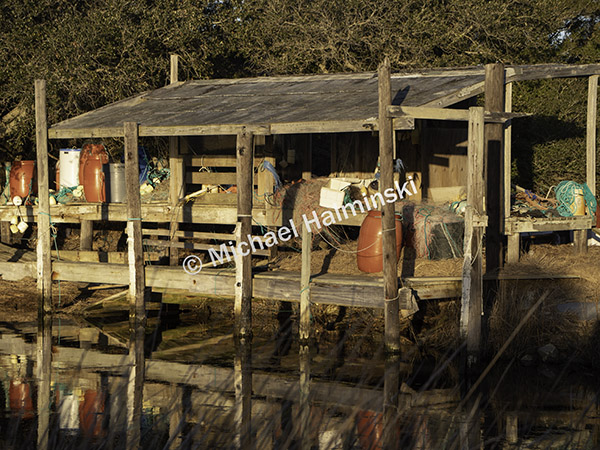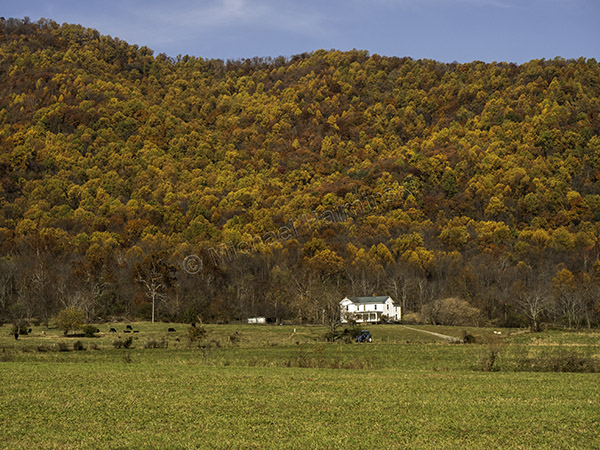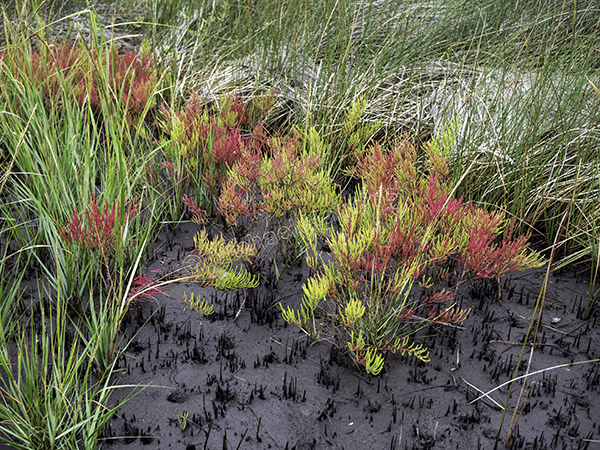No two hurricanes are exactly the same. As destructive as they can be, they’re awe-inspiring. Over the years, I’ve experienced many. I’d rather not document devastation, but instead the natural display they can produce. Hurricanes are best seen from a distance.
Thanks to modern meteorology, the storm’s forecast was spot-on. With high predictions to stay offshore, we decided to hunker down at home. Depending on the level of anxiety, one can either board up or not. In this case, we didn’t. Our strongest wind maybe gusting to 50, occurred on the backside, after Erin passed Hatteras Island. Rainfall was negligible and my barometer bottomed out at 996 millibars.
The evening before the hurricane made its pass, I walked to the beach to take it all in.
I was rewarded with a sliver of color as the sun set behind me.
Vegetated dunes took a beating with sea oats and beach elder holding fast.
Adding to the show, impressive cloud formations twirled above.
Thanks to the positioning of a frontal system, the main core of Hurricane Erin missed us, recurving offshore.
It was a close call and the result could have been much different. A bullet dodged. And this is just the beginning of a new hurricane season!













